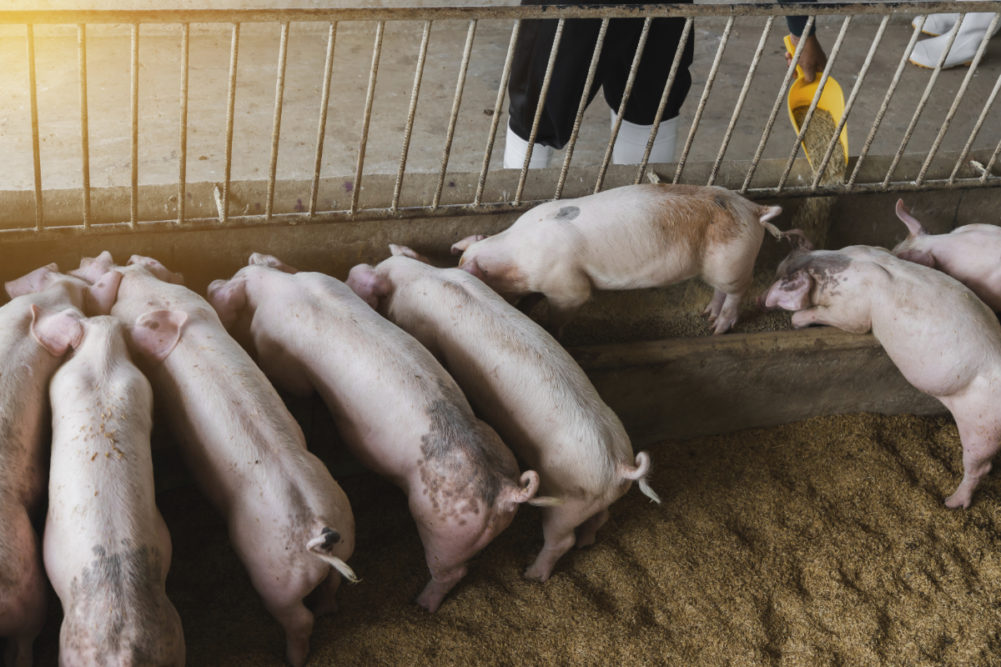BRUSSELS, BELGIUM — The spread of animal diseases and the continued global grain market rally, fueled by Russia’s invasion of Ukraine, will result in a reduction of 4 million to 5 million tonnes in compound feed demand in the European Union in 2022, according to the European Compound Feed Manufacturers’ Federation (FEFAC).
EU-27 compound feed production for farmed animals in 2021 is estimated at 150.2 million tonnes, an increase of 0.03% compared with 2020, according to data provided by FEFAC members.
Except for the pig feed sector, all other sectors managed to stabilize/or slightly increase their production despite the continuing COVID-19 pandemic, global grain market rally, supply chain disruptions and spread of animal diseases, FEFAC said.
FEFAC noted that following the 2021 EU critical pigmeat situation, facing challenges of reduced meat demand in key export markets (sanitary import ban and Asia-Pacific’s recovery from African swine fever ((ASF)), high costs for feed grains, the impact of ASF and significantly increased 2020 production, pig feed production decreased by 1.5% in 2021. The countries most affected were Germany, France, Portugal, Spain, Austria, Slovenia and Hungary. The Netherlands and Belgium have continued depopulation of their pig herds to lower agricultural environmental emissions.
The EU poultry feed sector managed to increase its production by 1.1% compared to the previous year, recovering partially from losses linked to COVID-19 lockdown measures (HORECA) in 2020.
Cattle feed production increased by 0.2% compared with the previous year due to a higher increase in production in Ireland, Bulgaria and Austria (+6%) following a severe drought impacting grass growth. In Italy and the Czech Republic, dairy farmers decided to buy industrial compound feed rather than mixing their feed on farms, reacting to high costs for raw materials.
In 2022, the EU pig and poultry sector are expected to reduce their activities due to the high cost of feed materials, lower market demand and expanding avian influenza outbreaks in several countries, FEFAC said. Hence, FEFAC members estimate a 4.2% decline in pig feed production and a 3% drop in poultry feed output. Cattle feed production is expected to decrease by 1.6%.
Overall industrial compound feed production is estimated to decrease by 2.9% (4.3 million tonnes) compared with 2021. However, market uncertainties remain very high due to ongoing Russian aggression in Ukraine.
“The immediate loss of feed maize, sunflower meal and other feed materials from Ukraine and Russia could only be partially compensated by increased feed imports, mainly from the US and Canada,” FEFAC said.
It added that key logistical challenges are persisting on how to move existing grain stocks out of Ukraine and will continue to impact market availability in the new marketing year.






